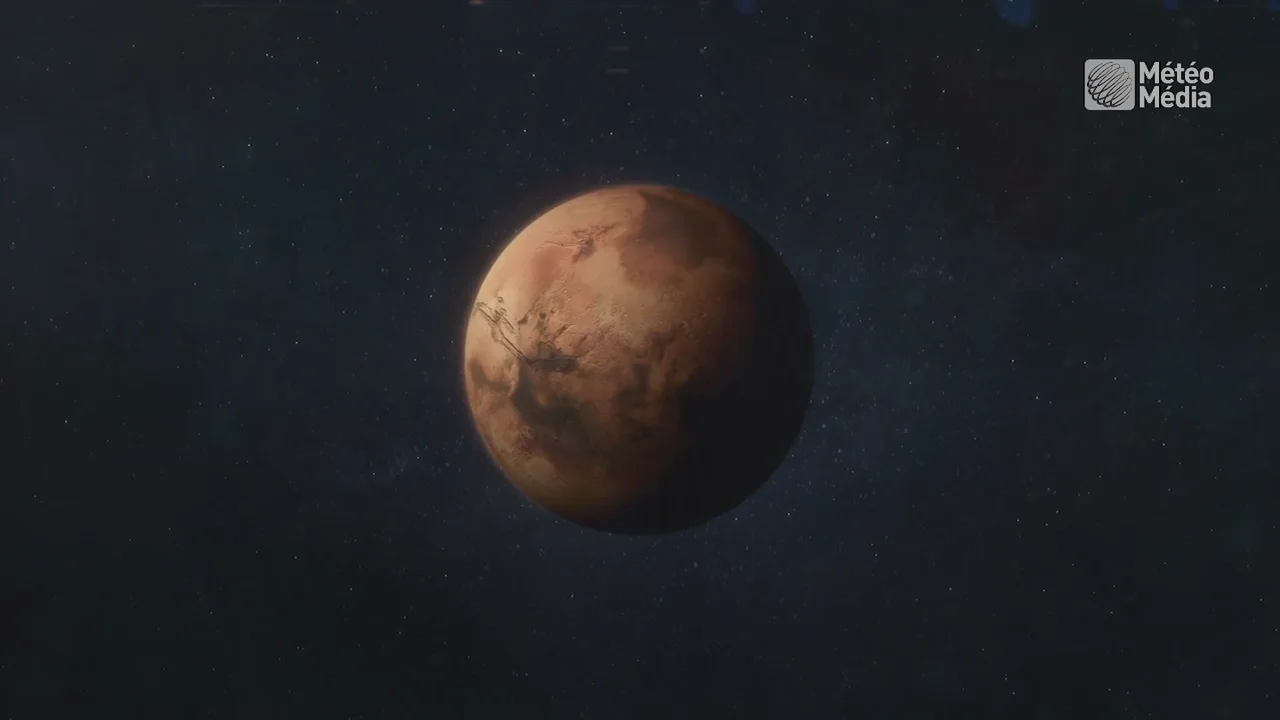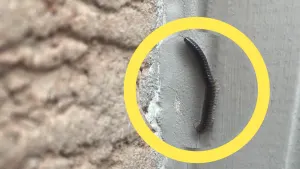
Mars may have oceans of water trapped in its crust
Mars once held a lot of water on its surface. Now, a new study pinpoints where some of that water may have gone.
Water used to flow on Mars, in the form of deep oceans and lakes. But that was billions of years ago, and scientists are still trying to confirm where it all went.
It has been theorized the Red Planet's water escaped into space. Mars lost its magnetic field some 4.2 billion years ago, chipping away at the atmosphere and depleting water sources.
While scientists still believe some of Mars's water was lost this way, experts are now turning their attention away from the skies and towards the ground, and to what may be lurking underneath.
New NASA-funded research now suggests between 30 and 99 per cent of Mars' water "is trapped within minerals in the planet’s crust," the space agency says in a statement.
The results were presented at the 52nd Lunar and Planetary Science Conference, which took place earlier this month.
“Atmospheric escape doesn’t fully explain the data that we have for how much water actually once existed on Mars,” study lead author and Caltech Ph.D. candidate Eva Scheller said in a statement.
Scheller's team used archived data from multiple Mars missions alongside meteorites to form its conclusion. They focused on hydrogen, specifically deuterium, which is also referred to as "heavy" hydrogen.
Not all hydrogen atoms are the same. While most have a single proton in their nucleus deuterium is an outlier, with a proton and a neutron that makes them heavier. It accounts for about 0.02 per cent of all naturally-occurring hydrogen in Earth's oceans.
Lighter hydrogen escapes the atmosphere at a faster rate, NASA says, leaving relatively more deuterium planet-bound.
But scientists have an idea of how much water Mars started with, and say the observed deuterium-to-hydrogen ratio can't be explained solely by atmospheric loss.
"Instead, the study proposes that a combination of two mechanisms – the trapping of water in minerals in the planet’s crust and the loss of water to the atmosphere – can explain the observed deuterium-to-hydrogen signal within the Martian atmosphere," NASA says.
On Earth and on Mars, when water interacts with rock, it forms clay and other minerals that contain water. But on Earth, old crust continually melts into the planet's mantle and forms new crust at plate boundaries. This recycles water and other molecules "back into the atmosphere through volcanism," NASA explains.
"Mars, however, has no tectonic plates, and so the “drying” of the surface, once it occurs, is permanent."
And Mars' inability to recycle is how scientists believe water got locked up in its crust.
A LOT OF WATER
Billions of years ago, Mars had enough water to cover the entire planet in an ocean between 100 and 1,500 meters deep, which is about equal to half the volume in the Atlantic Ocean.
In 2018, scientists found evidence of a saltwater lake buried under Martian ice. The presence of that lake was confirmed in 2020 and researchers believe they've found three additional lakes, although more observations are needed to support the claim.
.











